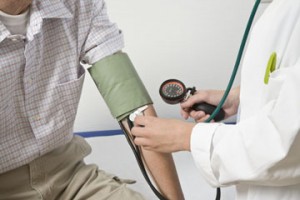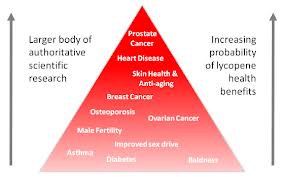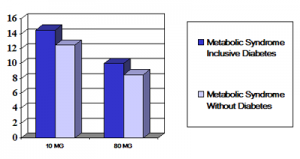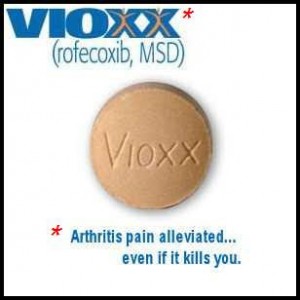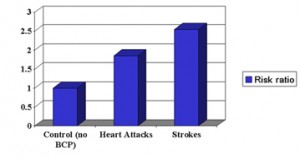Introduction
The title of this review is: caution, processed food ahead. During the last month there have been three large studies that drew media attention regarding healthy food intake. The first study dealt with processed meats (sausages, ham, bacon). Over 12.7 years those consuming 160 Gm per day (=5.64 oz.) were 44% more likely to die prematurely than those who ate only 20 Gm (=0.7 oz.) of processed meat per day. The study included 10 European countries including about 500,000 people over almost 13 years; nearly 10,000 people died from cancer and 5,500 from heart problems.
Harvard study
Then there was the Harvard study that analyzed 114 national dietary surveys around the globe and came to the conclusion that every year there are 180,000 obesity related deaths from overuse of sugary drinks. The US stands third highest on the ranking list regarding deaths from drinking sugary soda pops. The deaths are due to heart attacks, strokes and diabetes, which associate with obesity.
15% of all death around the world from salt overuse
As if this was not enough the third bad news story came shortly after story about salt overuse: At a cardiology conference in New Orleans Dr. Dariush Mozaffarian, the main author regarding the sugar study mentioned above, revealed a long-term study regarding salt intake between 1990 and 2010 . He determined that 15% of all deaths that occur around the world every year (which translated into 2.3 million people) are the result of salt overuse. The recommended salt limit is 1500 mg per day. But many people in the study consumed 4000 to 6000 mg of salt per day or more. This led to hypertension, heart attacks and strokes with the yearly mortality rates indicated.
What do these studies have in common and why is processed food so devastating?
All these studies pointed out that processed foods are dangerous to your health. Sausages, ham and bacon contain a lot of fat and salt; they are full of extra calories and they elevate your fatty substances in your blood (triglycerides, cholesterol). The extra salt raises your blood pressure. Processed meat is also poor in omega-3-fatty acids. No wonder that they can cause heart problems and cancer.
Sugar and processed food
Next, we have the sugary soda drinks, but also the hidden sugar in starchy processed foods like cookies, bagels, bread and cakes. Dough and pasta digests within 30 minutes into sugar, which your gut absorbs and your liver processes as extra calories to be stored as fat. Where? As visceral fat and subcutaneous fat, and the end result is obesity. At the same time the sugar from soft drinks and the sugar from starches stimulate the pancreas to produce extra insulin, which leads to hyperinsulinemia and insulin resistance. This is known as metabolic syndrome and was found to be an independent risk factor for heart attacks apart from high LDL cholesterol and high triglycerides. We know for quite some time that obesity, diabetes, insulin resistance and metabolic syndrome are all associated with a higher rate of deaths from heart attacks and strokes.
Salt overuse
Finally, there is the salt overuse story. In 2009 the same Harvard group that gave us the world data on salt mortality now, stated that 102,000 Americans die every year from salt overconsumption. The same study cited that 82,000 Americans die needlessly every year due to their love affair with deep fried foods (due to high trans fatty acids) , and 84,000 die from a lack of omega-3-fatty acids in their diet, which when present in the diet protects from heart attacks and strokes.
Food processing
What does food processing do? It reduces or eliminates dietary omega-3-fatty acids, adds cheap oils containing omega-6-fatty acids (the fatty acids that lead to inflammation), adds salt, sugar and starch. It is the perfect recipe to die from strokes and heart attacks. The same research group from Harvard University did a study in India, published in 2010, where they established that salt over consumption caused insulin resistance and this was the cause of higher mortality from heart attacks and strokes.
Other studies pointing to the dangers of processed food
Deficits in cognitive function (dementia or Alzheimer’s disease) are associated to dietary habits, particularly sugar and starch overconsumption. Research has established that hyperinsulinemia or insulin resistance is responsible for the degenerative changes in the brain of Alzheimer patients. This study also pointed out that these diets are typically very low or deficient in omega-3-fatty acids, which is necessary for normal nerve cell metabolism in the brain. The lack of it leads to brain cell disease like Alzheimer’s and a lack of omega-3 fatty acids in nerves leads to damaged nerves which in turn cause excruciating pain.This condition is also known as neuropathy.
Gout was around in the Middle Ages
In the Middle Ages it was first observed that overindulging in red meat and sausages caused gout attacks. A nickname for gout was “a disease of the rich”. Higher uric acid levels, which are found in gout have been linked to higher mortality rates from heart attacks and stokes. A low purine diet can lower the risk for gout and also the risk for heart attacks and strokes. It is interesting that this type of a diet is also devoid of processed food at the same time.
What can we do to reduce dangers to our health?
We have identified the suspects; it is sugar, starchy foods, salt and processed meats. Instead of just buying precooked meals, boxed foods and other processed foods from the center of the grocery store or from a fast food place, look for original ingredients more at the periphery of the grocery store. Read food labels and look for sugar, fat and salt content. Start buying organic food and buy the ingredients you need to prepare a meal by yourself. When you start preparing your own meals with organic ingredients, you may as well avoid the toxins that I described in a recent blog.
Buy organic foods
By buying organic foods, you largely avoid these toxins. Don’t exceed your daily limit of 1500 mg of salt, as your kidneys are not able to process this and would cause you to get high blood pressure. Personally, I cut out all sugar and starch from my diet since 2001. This includes potatoes, pasta, bread, bagels, French fries, toast etc. However, you will get enough complex carbohydrates (from vegetables and greens). The body absorbs them much slower and does not cause the insulin surge by the pancreas. In contrast, highly processed carbs lead to an insulin surge.
Omega-3 fatty acids important for health
You want to eat foods rich in omega-3-fatty acids, but seafood (even salmon) has a contamination with mercury. You can circumvent this by taking 3 or 4 capsules of high potency, molecularly distilled omega-3 per day. This is free of toxins and protects your brain and nerves from the dangers mentioned above. Your organic vegetables/greens have enough natural minerals that you will seldomly want to add salt to your food. Do not add extra salt when you cook or when you eat your prepared meals. Use spices instead. Also avoid eating out too often. Restaurants are notorious for overusing salt.
More information
More information on nutrition: http://nethealthbook.com/health-nutrition-and-fitness/nutrition/
Other links:
1. Processed meat: http://www.huffingtonpost.com/2013/03/07/processed-meat-cancer-heart-disease-death-risk_n_2829092.html
2. Sugary drinks: http://www.cnn.com/2013/03/19/health/sugary-drinks-deaths/index.html?hpt=he_c2
3. Alzheimer’s and pre-diabetes with insulin resistance: http://www.usatoday.com/story/news/nation/2012/10/17/carb-diet-alzheimers/1637481/



